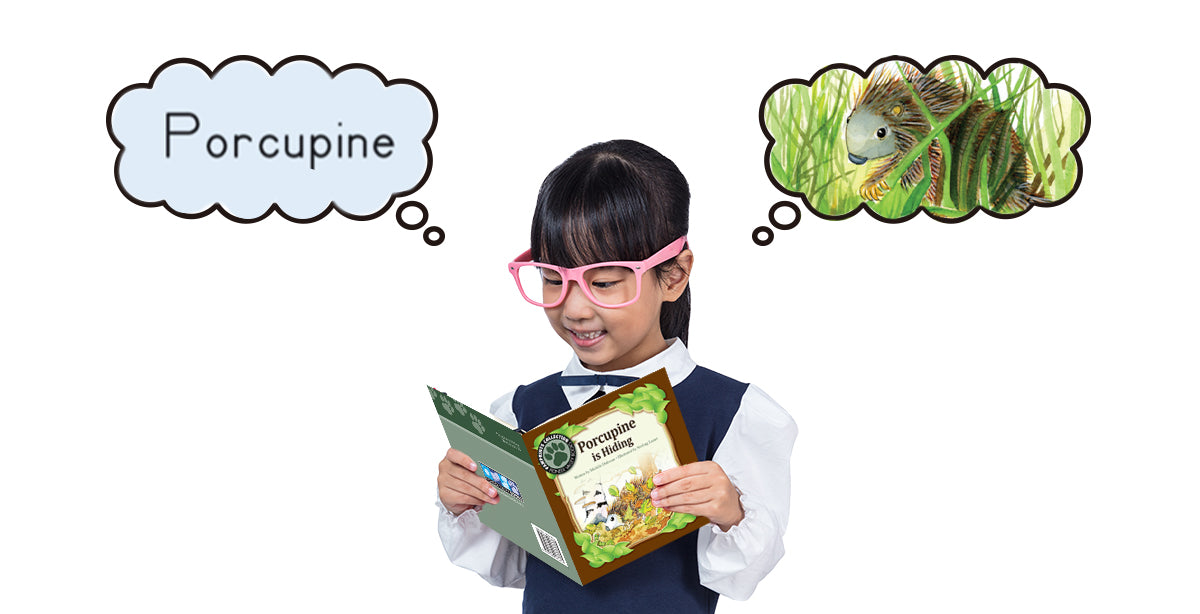Understanding the Purpose of Level A and B Books
As we get ready to launch a new batch of emergent readers–hopefully, this year in school and not remotely–I think it is a good time to consider the purpose of the early-level books we use for instruction. I suspect critics of leveled books misunderstand their purpose. We need to do a better job of explaining to parents and other concerned people how we use these books as well as why.
If you are a kindergarten or first grade teacher, you have children entering your classroom who know very few letters and sounds. Or you may have students who have limited English in your classroom. When I was a young teacher, we did not put books in children’s hands until they knew their letters and sounds. But extensive research on emergent readers has helped us learn that children should be developing new knowledge in many aspects of reading and writing at the same time. A considerable amount of letter learning occurs as children read books and write stories. Also, we have learned that letters embedded within words are more challenging than learning a letter in isolation; this helps to develop solid and flexible letter knowledge. And we also have learned that children’s engagement, enthusiasm, and most importantly, confidence, comes from reading real books!
Level A and B books are designed to help students build foundational learning. They help children learn to:
- attend to some features of print (that print is what we read, the difference between a word and a letter, where to look for the first and last letter)
- learn about the direction of print (left page before right, top to bottom on a page, left to right across a line of print, return to the left of the next line)
- use spaces to control attention to words
- attend to letters in a word in a left-to-right sequence
- understand that illustrations correspond with print
- understand that letters and words hold meaning
- develop one-to-one correspondence
All these early concepts of print are crucial for helping students build a successful processing system.
Let’s look at this example from a Level A book, Daisy the Pirate.

Some critics would say we are asking children to guess that it is a pirate hat. But reading pirate hat is only the tiniest part of what is going on here as a child reads this page. We use this simple text with an engaging and clear illustration because the child is learning how books work. As they match their finger to each word and read the patterned text, they are learning to look at the words and understand how the spaces work and how to move left to right across the page. And yes, they are learning how to make an educated guess that the word is hat (because there is a picture of a hat and the word starts with an h). We do not expect the emergent reader to be able to sound out /h/-/a/-/t/ because it is unlikely that they even know all those sounds at this point.
Let’s look at this Level B book, Porcupine is Hiding.

We certainly do not expect an emergent reader to figure out the word porcupine. Here, the emergent reader has an opportunity to learn how to move left to right and then how to move to the next line and start at the left again. They are still consolidating one-to-one correspondence and using the illustration to consider what would make sense.
Here is another Level B book, Mother Animals.

Here, the emergent reader is learning how to move from the left page to the right page.
Once children learn these early concepts of print, we need to move them quickly out of the patterned text so they can develop more complex processing skills, including how to decode new words.
Wishing you a safe and happy school year!
Michèle





